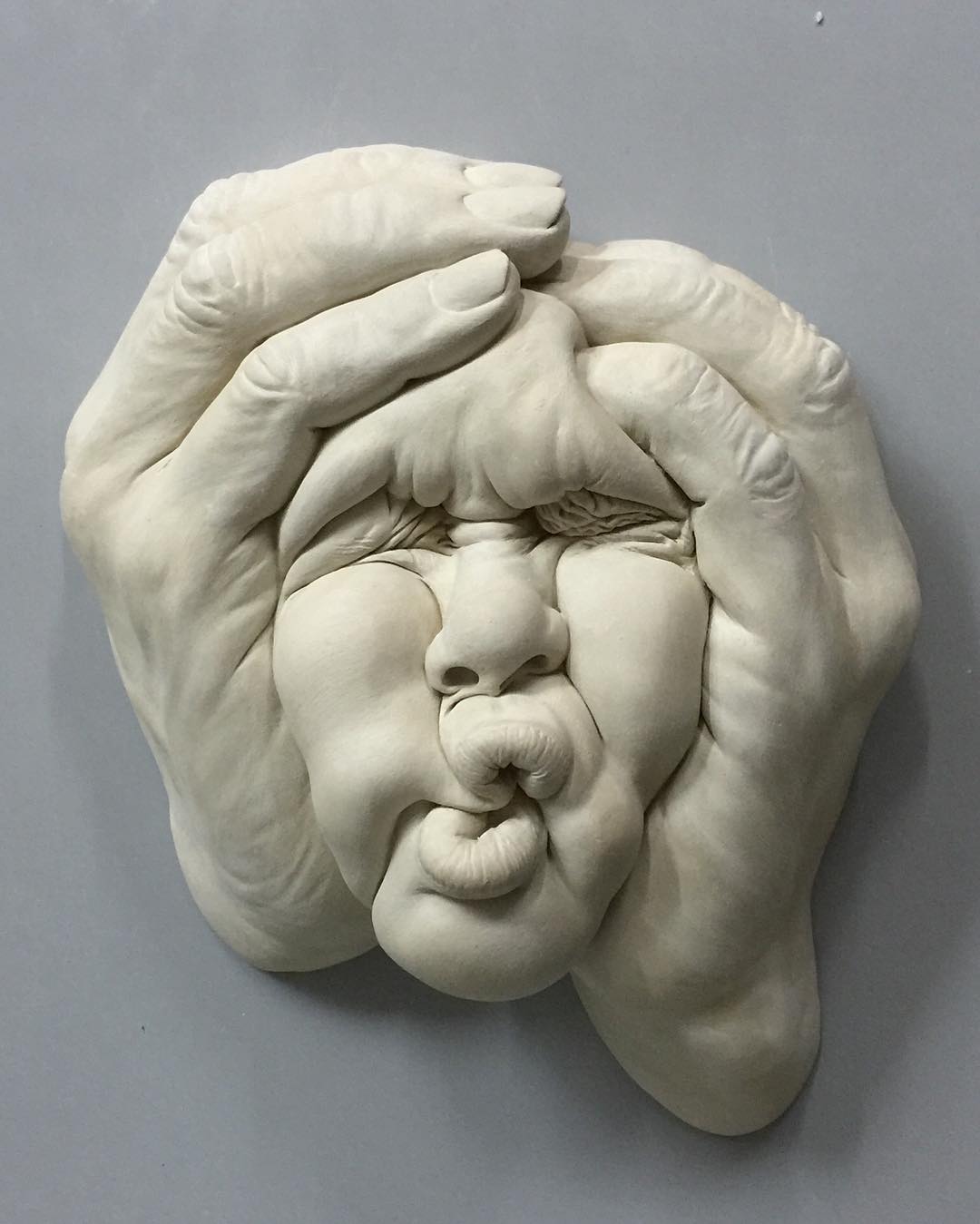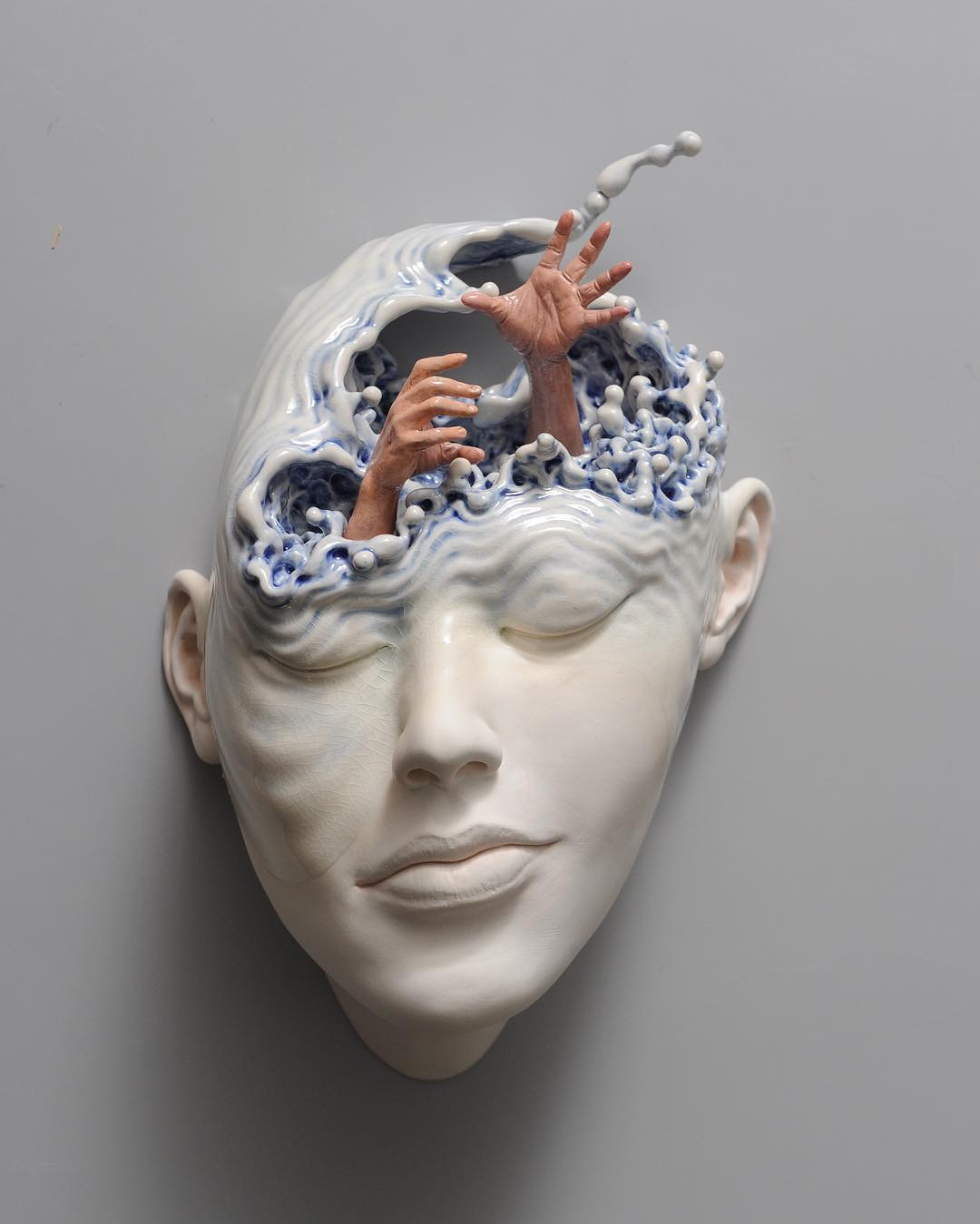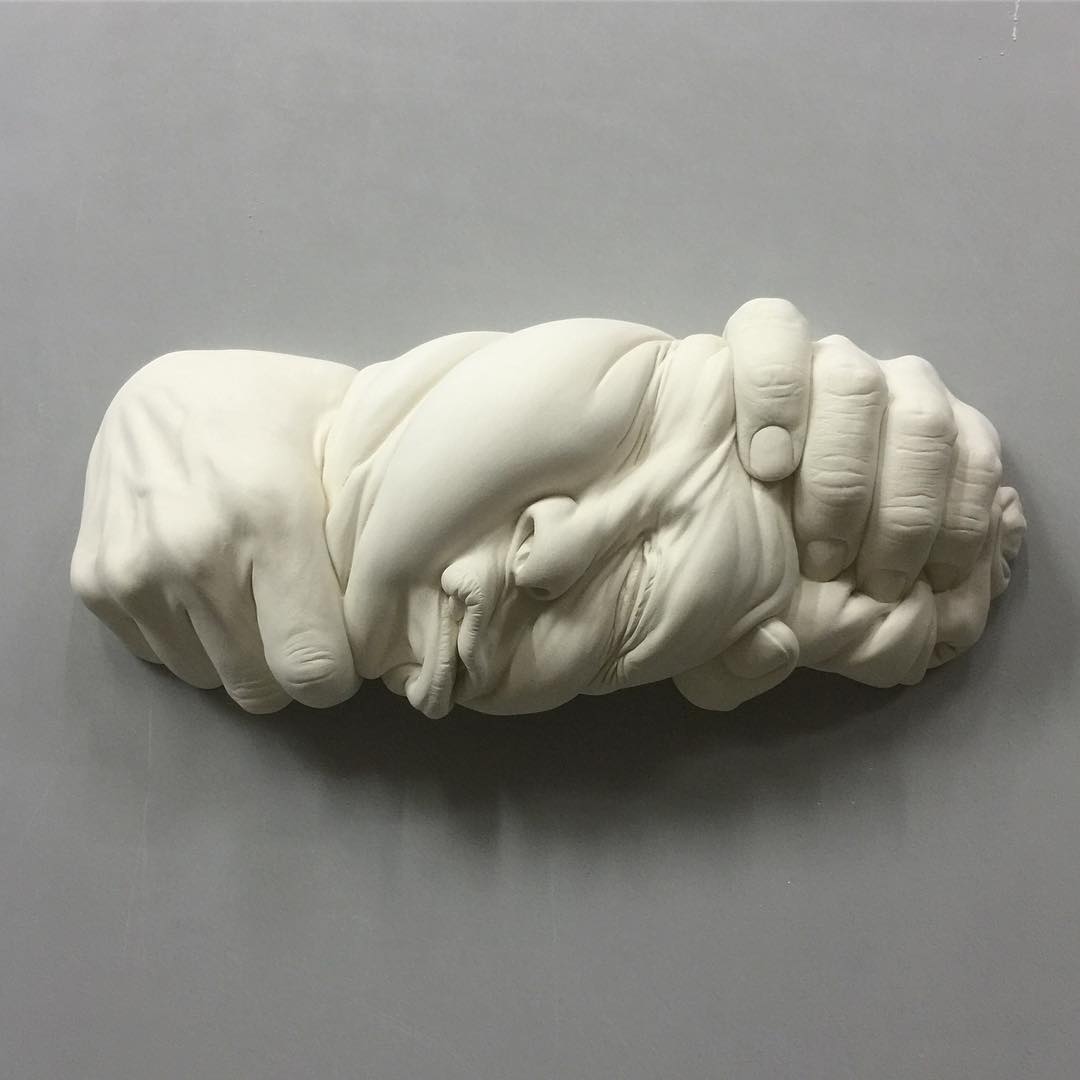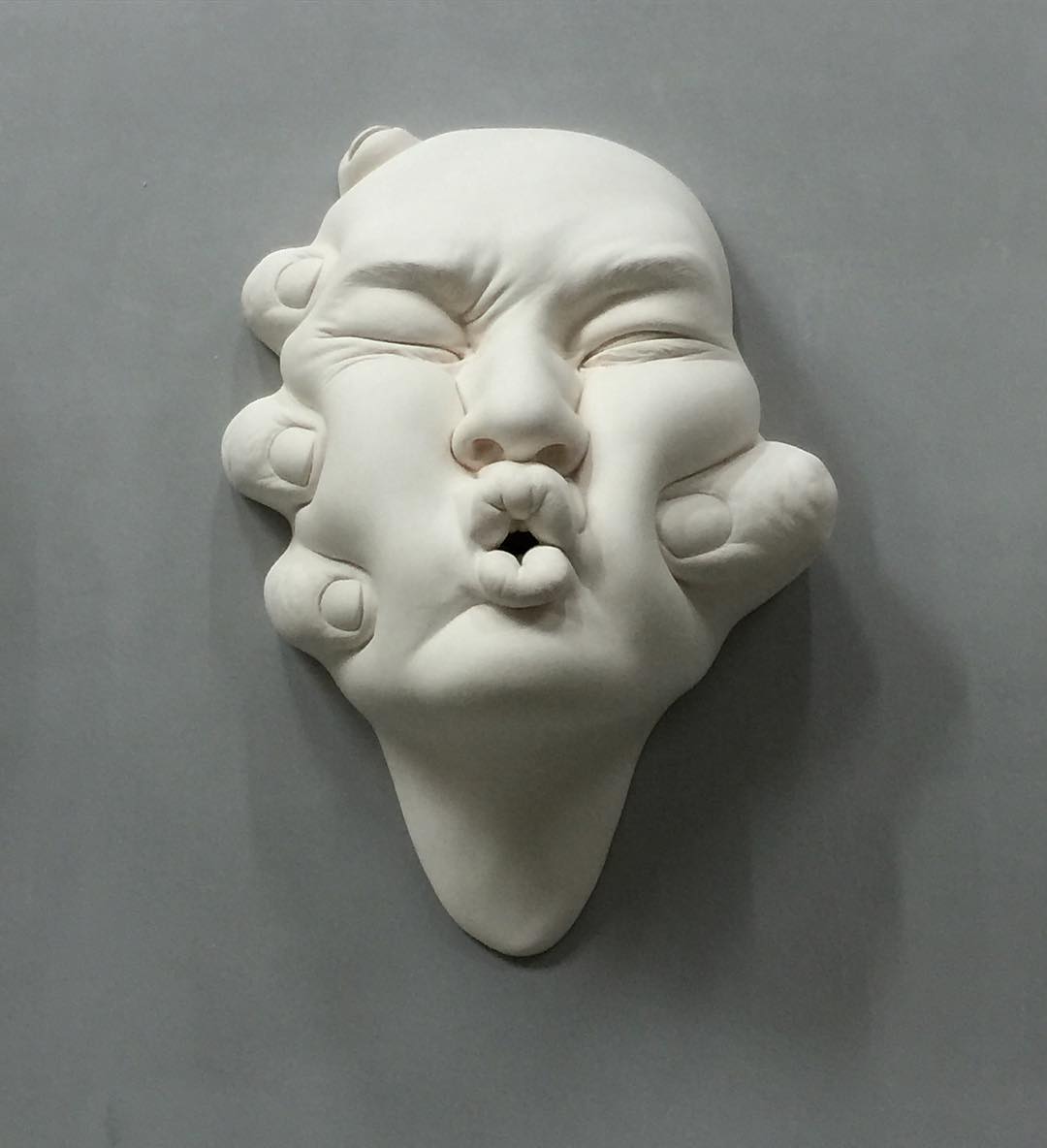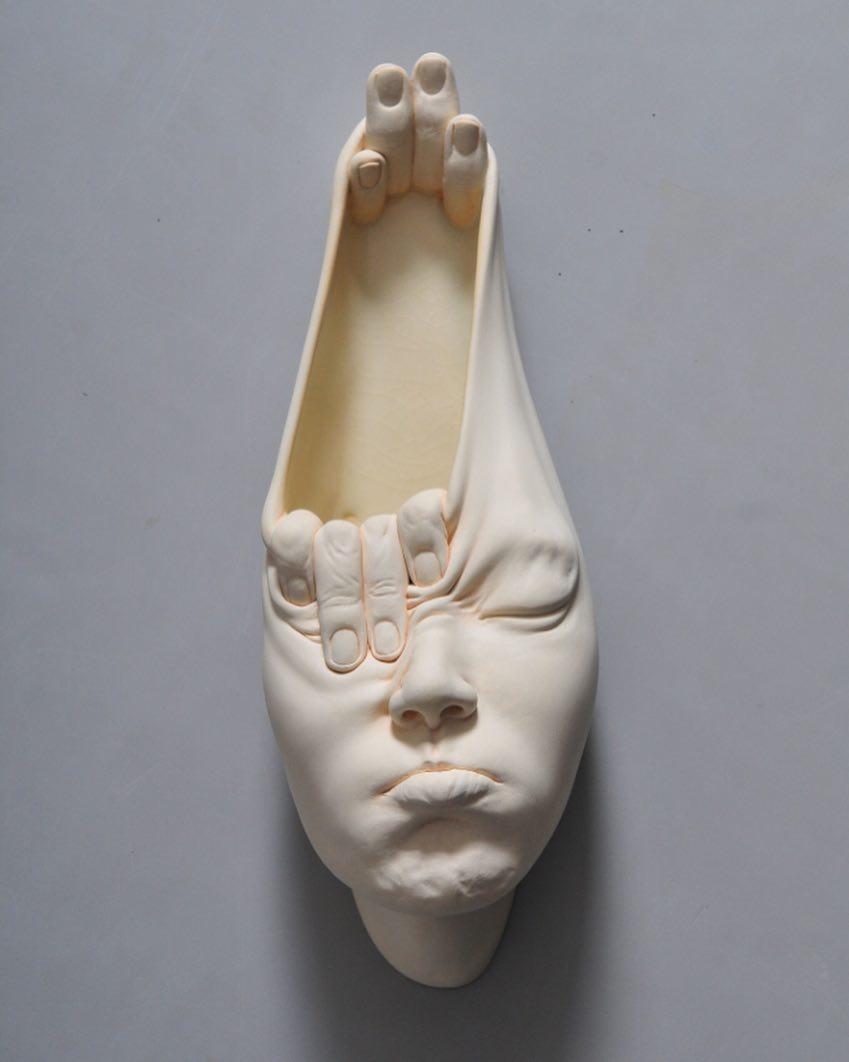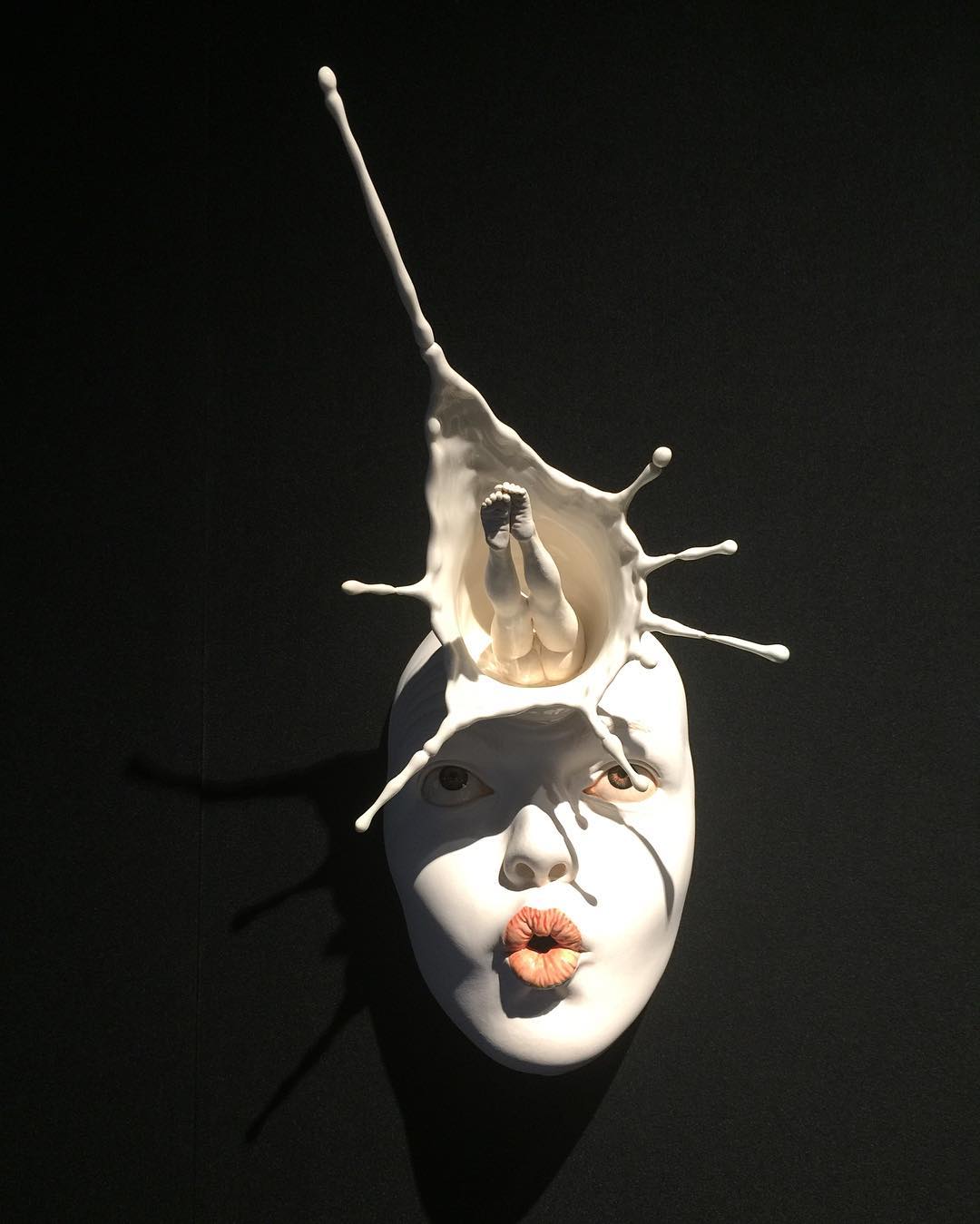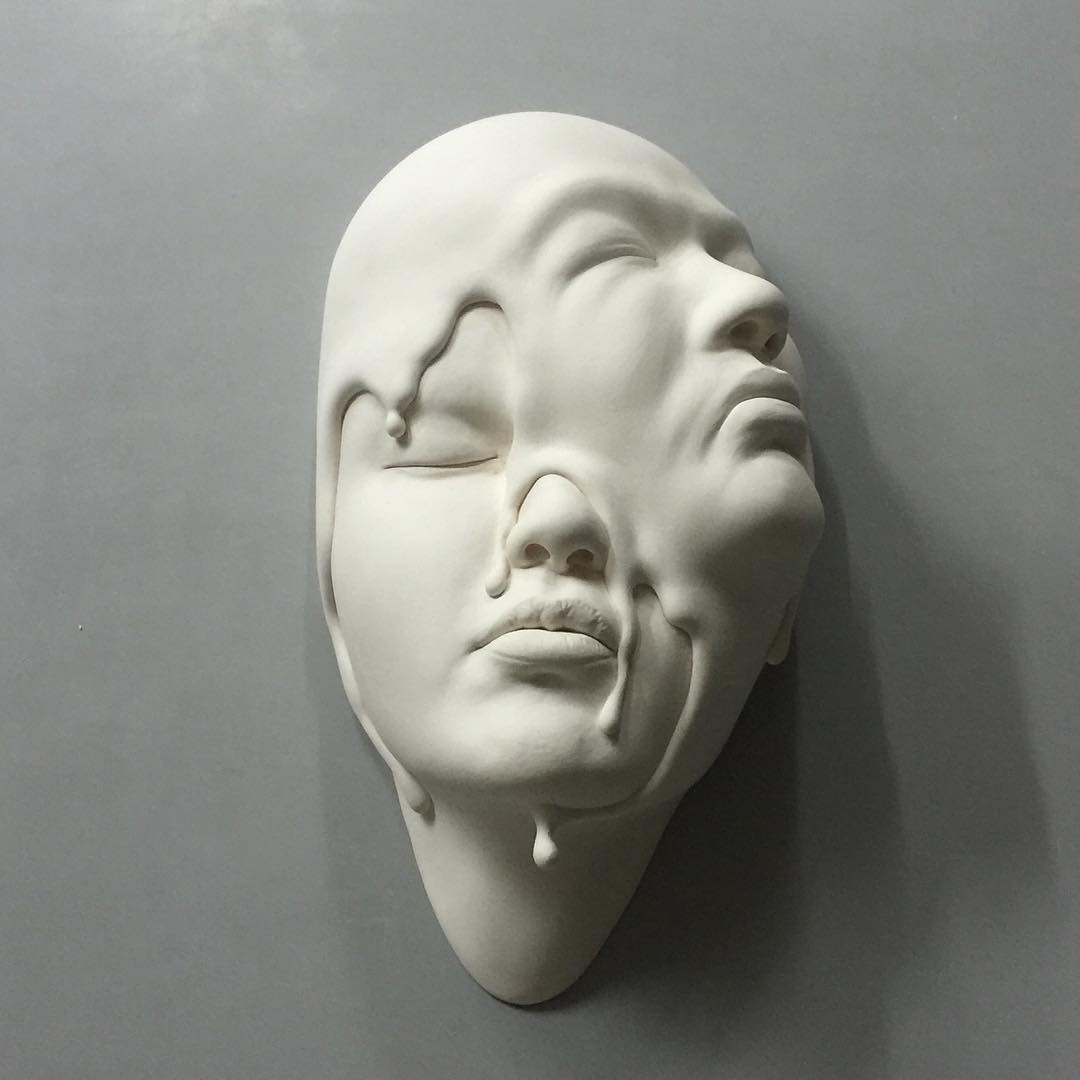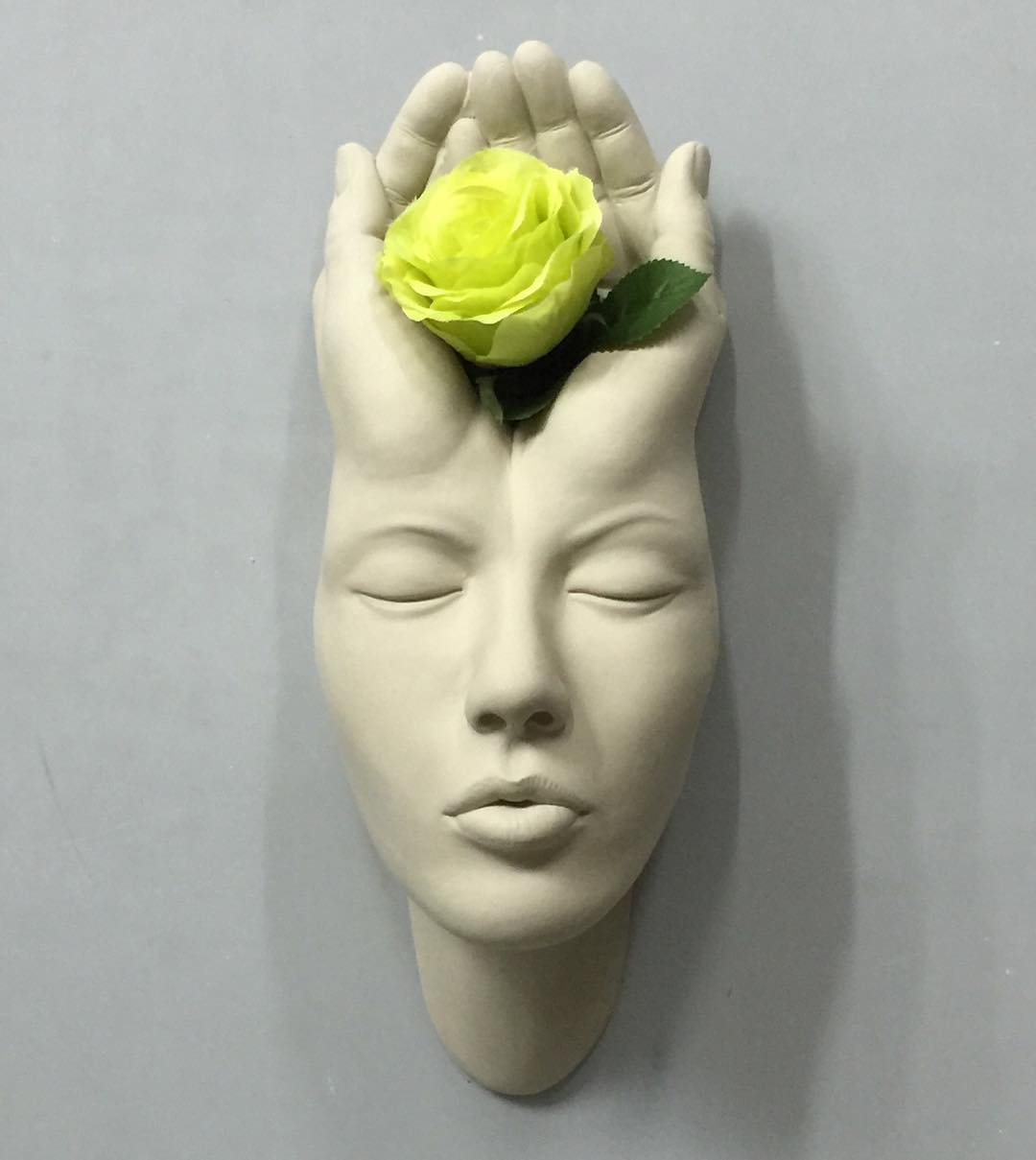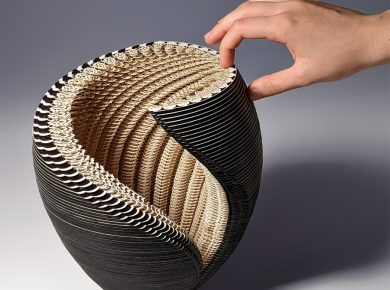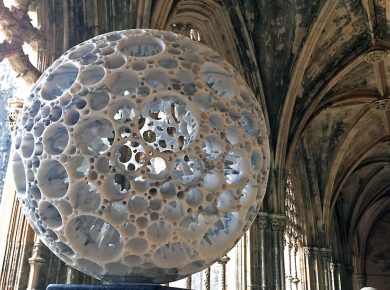
Johnson Tsang, a renowned Hong Kong-based artist, has been captivating the art world with his extraordinary ceramic sculptures, particularly his series focusing on human faces. These sculptures, known for their remarkable fluidity and expressiveness, blend the realms of realism and surrealism, creating a unique and thought-provoking artistic experience.

Tsang’s journey into the world of ceramic art began in the early 1990s. Initially, his work centered around realist sculpting techniques, but as his skills and artistic vision evolved, Tsang began to experiment with more dynamic and imaginative elements. This shift in style marked a pivotal moment in his career, leading him to a path where he could fully explore the potential of ceramics as a medium for expressing complex emotional and physical states.
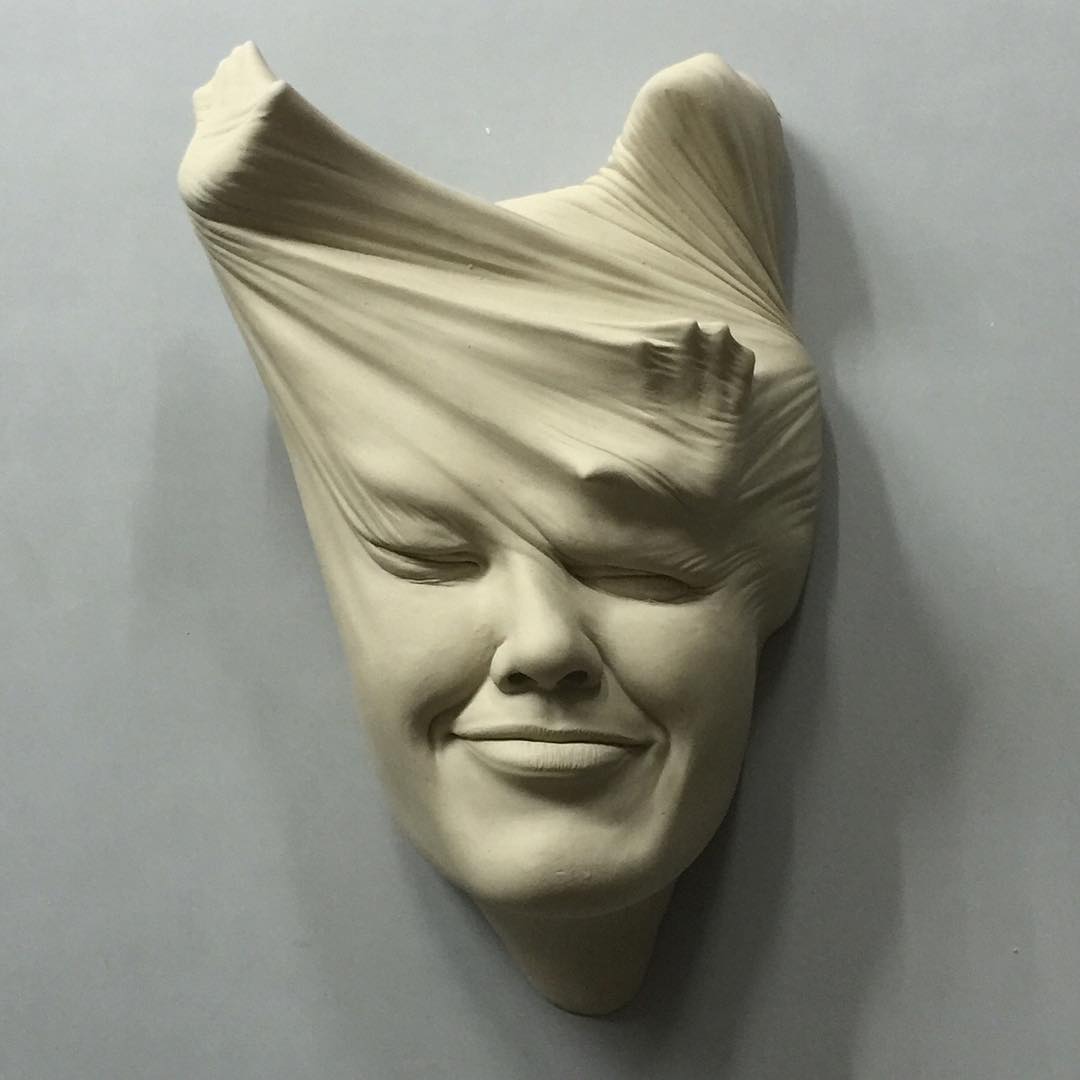
The techniques employed by Tsang in his sculptures are a blend of traditional craftsmanship and innovative experimentation. He often starts with a basic human face and skillfully manipulates the clay into fluid forms that seem to flow and morph before the viewer’s eyes. This manipulation of clay, which often looks like a snapshot of a face in motion, requires an intricate understanding of the material’s properties and limitations. The fluidity and dynamism in his work challenge the conventional perceptions of ceramics, typically associated with rigidity and permanence.
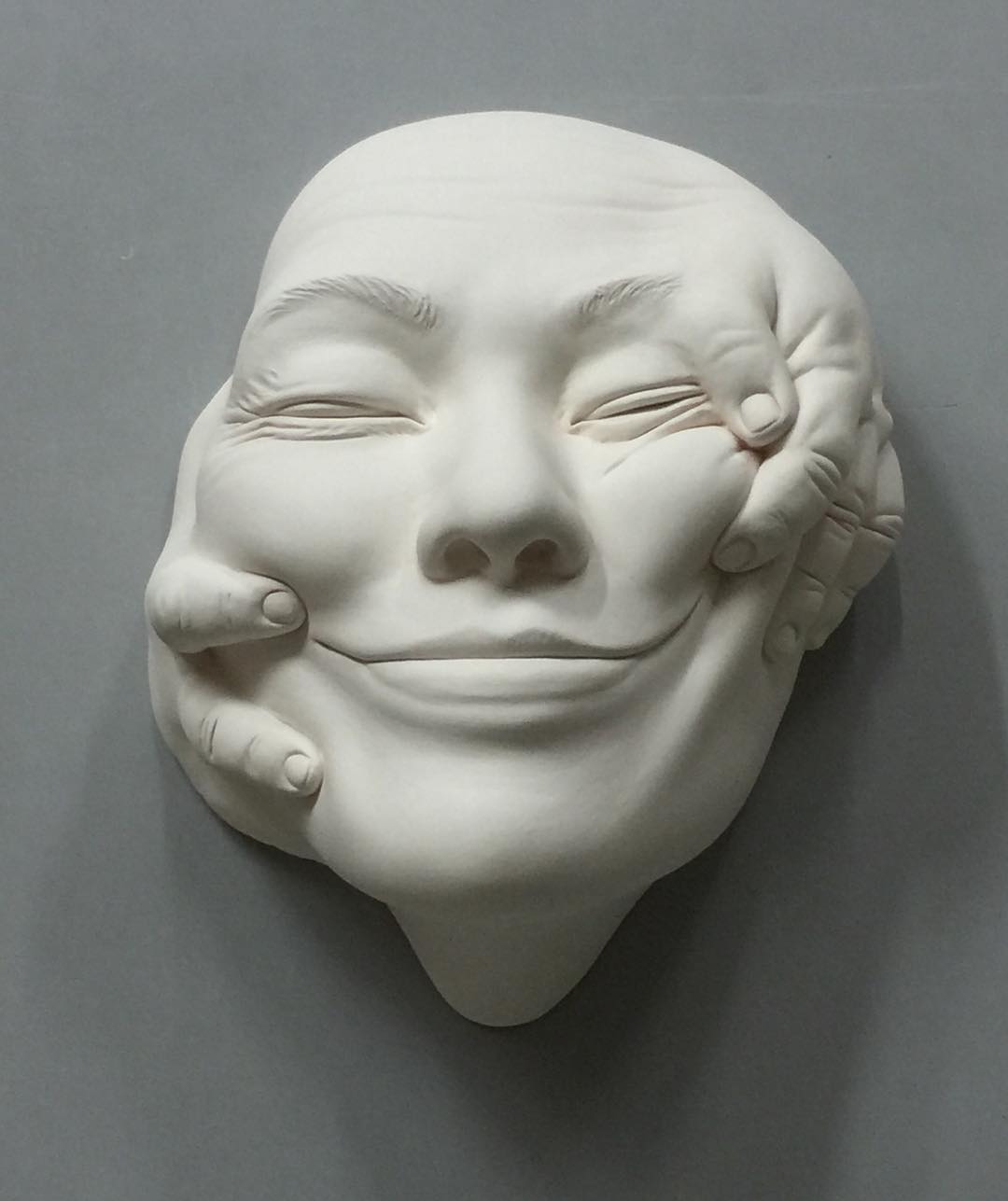
Inspiration for Tsang’s work stems from a diverse array of sources, primarily his life experiences and keen observations of the human condition. He believes in the power of art to reflect the multifaceted nature of life, encompassing its beauty, complexity, and often, its paradoxes. The faces in his sculptures, often caught in moments of transformation, convey a range of emotions from joy and sorrow to anger and surprise. This emotive quality invites viewers to connect with the sculptures on a personal level, encouraging introspection and empathy.

A significant theme in Tsang’s art is the exploration of human emotions and identity. His sculptures often depict faces in a state of metamorphosis, suggesting a fluidity and transient nature of emotions and self-perception. This theme resonates deeply with audiences, as it mirrors the universal human experience of constant change and evolution. Additionally, Tsang frequently incorporates elements of nature in his work. Water and air, for example, are used symbolically to represent life’s transitory and ephemeral aspects.
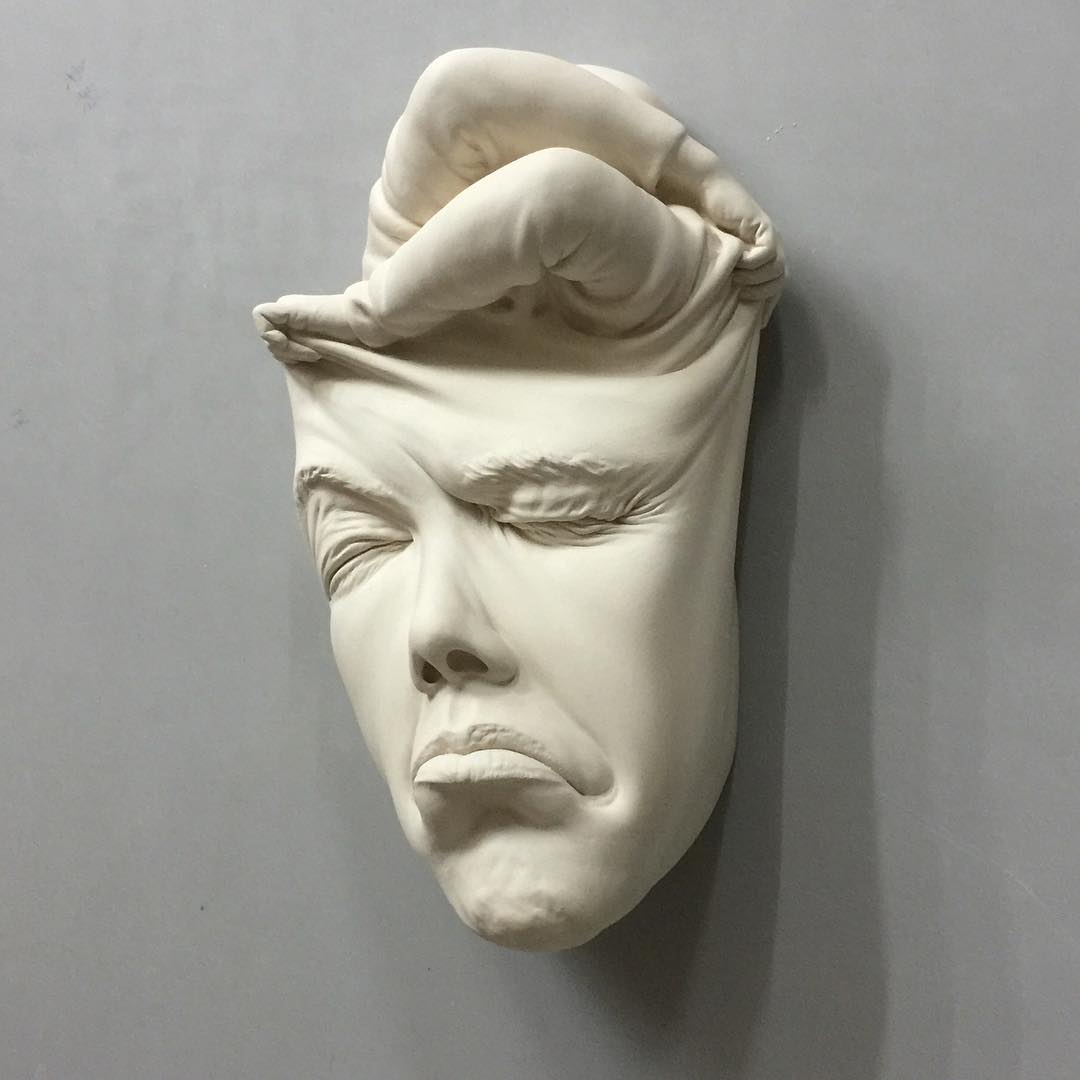
Tsang’s sculptures have garnered international acclaim, with exhibitions in numerous galleries and art shows across the globe. His ability to convey profound emotional depth through ceramic sculptures has earned him a distinguished place in contemporary art. Art critics and enthusiasts alike praise his unique talent for bringing inanimate clay to life, imbuing it with emotion and motion.
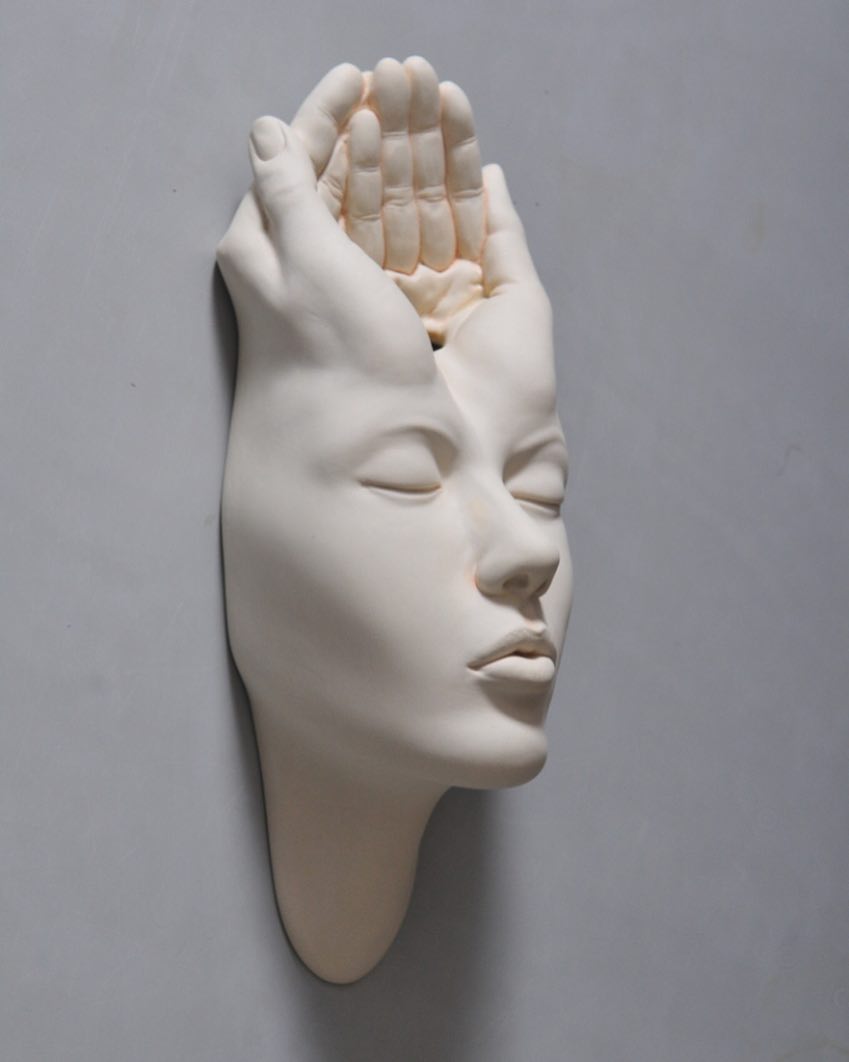
Beyond his artistic achievements, Tsang’s impact on the field of ceramic art is profound. He has redefined the boundaries of the medium, showcasing its versatility in expressing intricate and dynamic themes. His work serves as a source of inspiration for both emerging and established artists, encouraging them to experiment and push the limits of their creative expression.
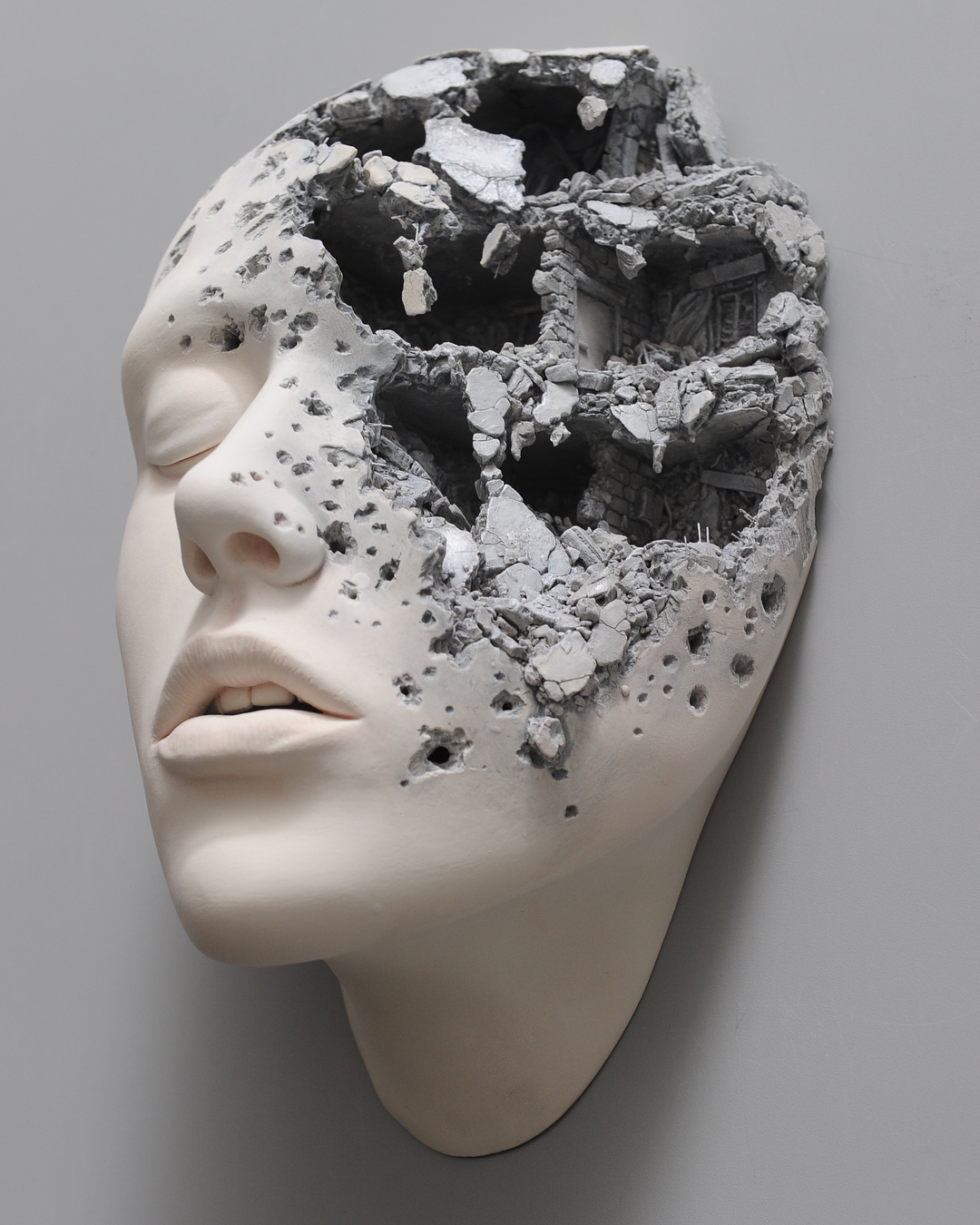
Johnson Tsang’s ceramic sculptures of human faces stand as a powerful symbol of artistic innovation and emotional depth. His work not only contributes significantly to the contemporary art scene but also offers a profound commentary on the human experience, inviting viewers to ponder the complex interplay of emotion, identity, and transformation. Through his masterful use of ceramics, Tsang continues to challenge and inspire, cementing his legacy as a visionary in the world of art.

